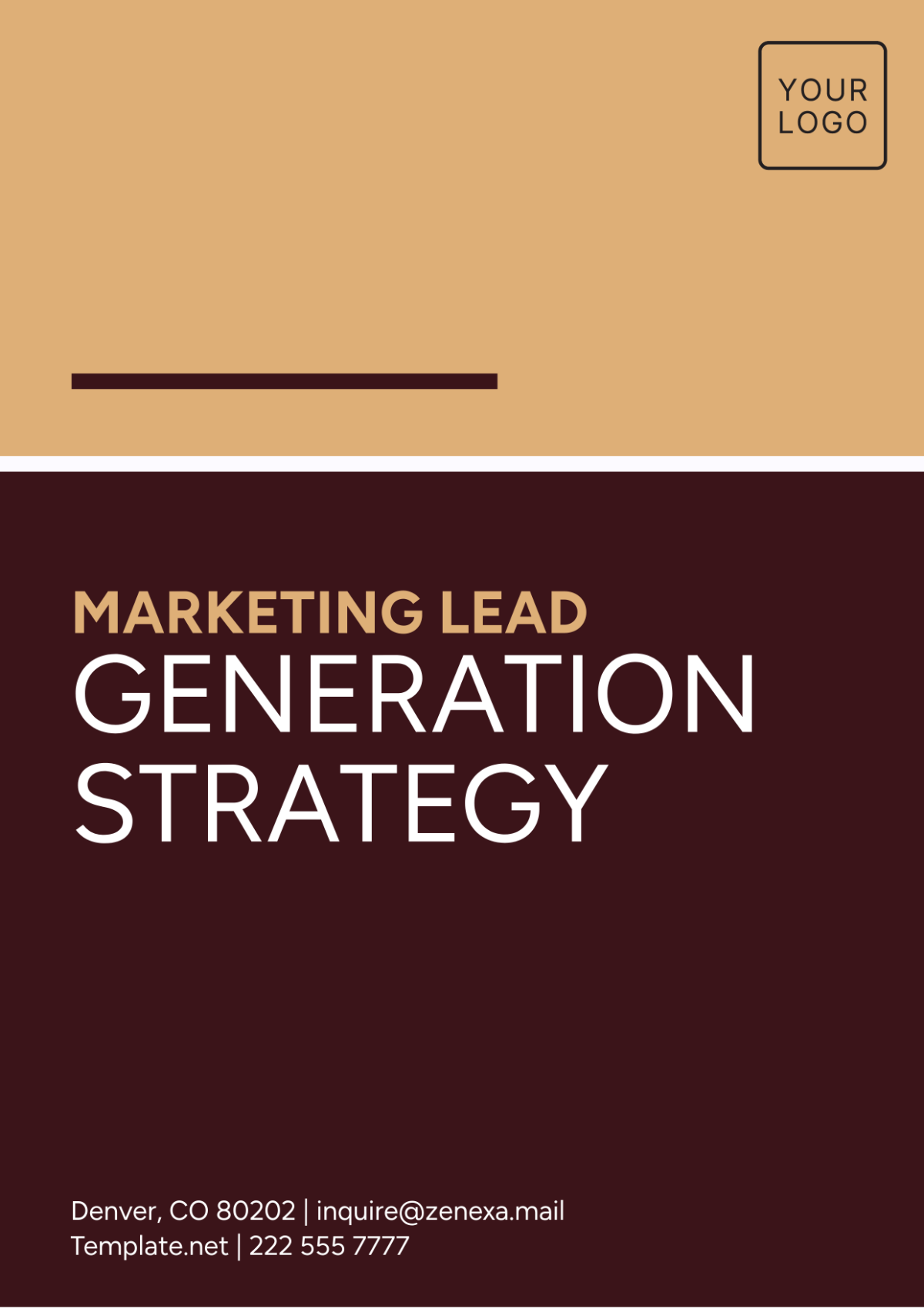Marketing Launch Strategy Review
Introduction:
The Green Sustainability Marketing Campaign Strategy Review is a critical step in our commitment to promoting sustainability. It provides a structured framework for evaluating the effectiveness of our green sustainability marketing campaign strategy.
This review aims to assess the success of [Your Company Name] efforts in promoting sustainability, identify areas for improvement, and guide future sustainability marketing initiatives.
Review Objectives:
The primary objectives of this review are as follows:
Assessment: Evaluate the overall effectiveness of the green sustainability marketing campaign strategy in advancing our sustainability goals.
Identify Successes: Recognize and document the elements that contributed to the success of the campaign in raising environmental awareness.
Highlight Areas for Improvement: Identify areas where the strategy could have been executed better or where adjustments are needed to enhance our sustainability impact.
Recommendations: Provide recommendations for enhancing future green sustainability marketing campaigns to further support our commitment to environmental responsibility.
Review Components:
The review encompasses the following key components:
Strategy and Planning (Weight: 20%)
Review the campaign's sustainability objectives and goals.
The campaign aimed to raise awareness about sustainable practices and the importance of reducing our carbon footprint.
Assess the alignment of the strategy with these sustainability objectives.
The strategy effectively aligned with our sustainability objectives, emphasizing eco-friendly practices.
Evaluate the clarity and comprehensiveness of the campaign plan.
The campaign plan was clear, detailing target audience segments, key messages, and channel selection.
Target Audience (Weight: 15%)
Assess the accuracy and specificity of the target audience definition for sustainability messaging.
The target audience was accurately defined, focusing on environmentally conscious consumers and businesses.
Evaluate the relevance of the sustainability messaging and positioning for the target audience.
The messaging effectively resonated with the target audience, emphasizing the benefits of sustainable choices.
Messaging and Communication (Weight: 20%)
Review the effectiveness of sustainability messaging in conveying key environmental benefits.
The sustainability messaging effectively communicated the positive impact of eco-friendly practices on the environment.
Evaluate the consistency of sustainability messaging across various channels.
The messaging was consistent across channels, reinforcing our commitment to sustainability.
Channel Selection and Execution (Weight: 20%)
Assess the appropriateness of the chosen marketing channels for sustainability promotion.
The selected marketing channels, including social media, eco-friendly blogs, and email newsletters, effectively reached our target audience.
Evaluate the execution and performance of sustainability campaigns on each channel.
The campaigns on social media received high engagement, indicating a positive response to sustainability initiatives.
Timing and Coordination (Weight: 10%)
Evaluate the timing of sustainability campaigns in relation to environmental events or awareness periods.
The campaigns were strategically timed to coincide with Earth Day and other sustainability-focused events.
Assess the coordination and timing of sustainability marketing efforts across channels.
The marketing efforts were well-coordinated, ensuring a consistent message and approach.
Measurement and Analytics (Weight: 15%)
Assess the tracking and measurement of key sustainability performance indicators (KPIs).
Key performance indicators, such as website traffic related to sustainability content, were effectively tracked.
Evaluate the use of analytics to inform decision-making during sustainability campaigns.
Analytics data informed adjustments, leading to improved campaign performance.
Review Process:
The review was conducted as follows:
Data Collection: Relevant data, reports, and documentation related to the green sustainability marketing campaign were gathered.
Evaluation: Each component was evaluated based on the criteria and weightage provided.
Analysis: Findings were analyzed to identify strengths and areas for improvement in sustainability promotion.
Recommendations: Actionable recommendations were provided for enhancing future green sustainability marketing campaigns.
Report: The review findings and recommendations were compiled into a comprehensive report.
Conclusion:
The Green Sustainability Marketing Campaign Strategy Review underscores our commitment to promoting sustainability. By assessing and learning from each campaign, we can refine our strategies, enhance our sustainability initiatives, and contribute to a greener and more environmentally conscious future.

















































